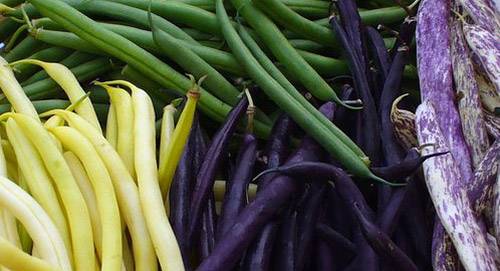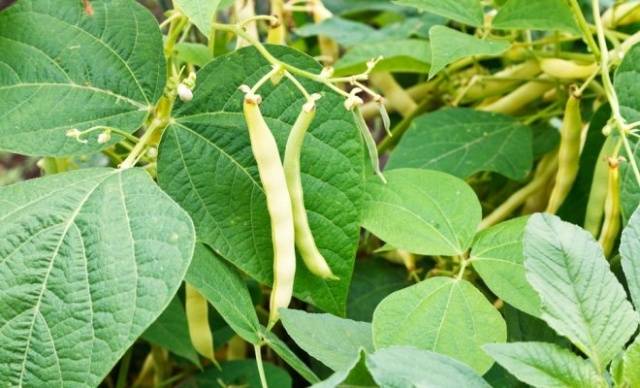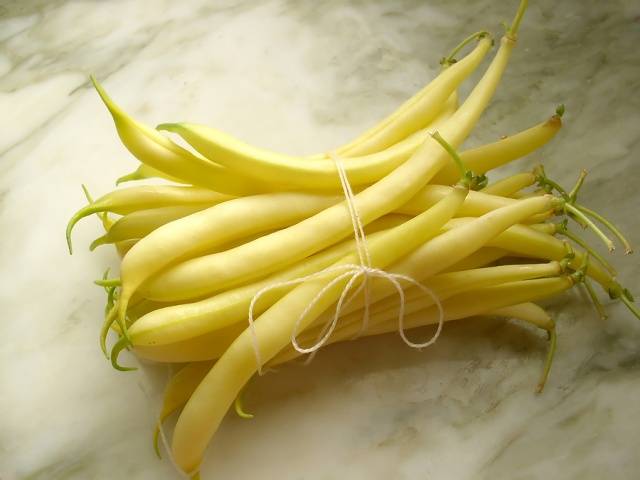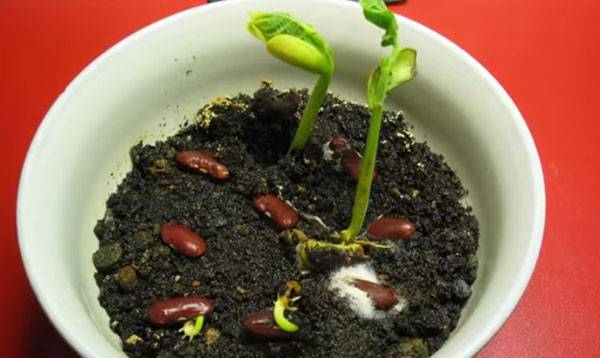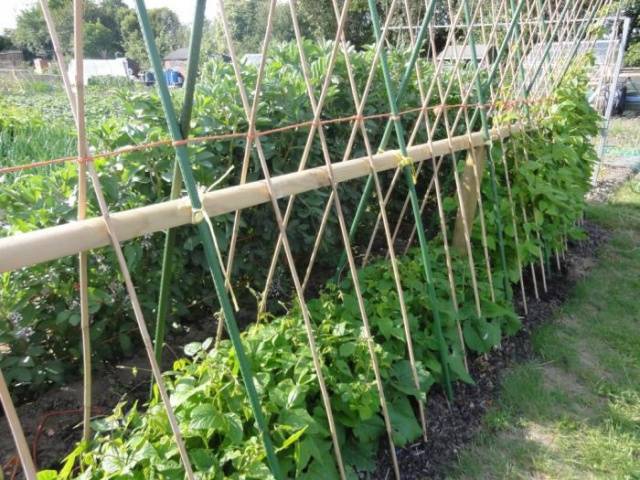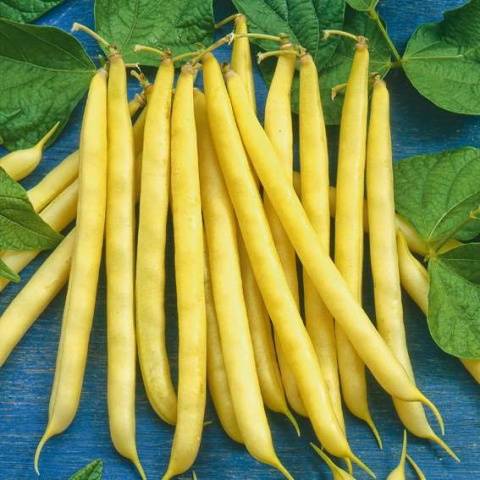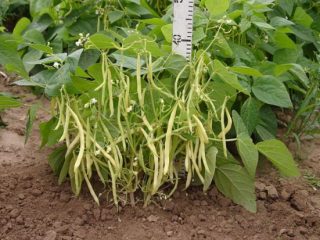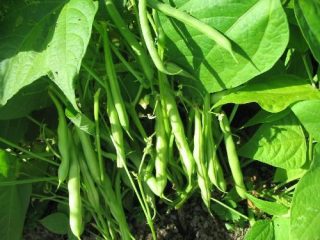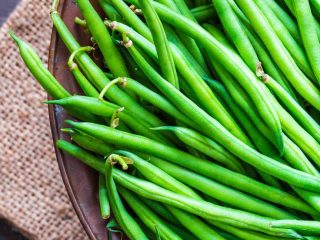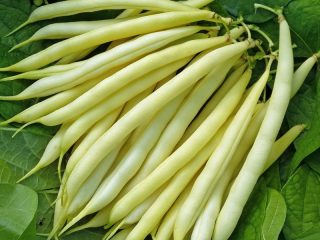Asparagus beans, which are also called sugar or French beans, have long been loved by many gardeners. And it is not surprising, because it is not at all difficult to grow it, but the result of labor is always pleasing. Even in the cold regions of Russia, this culture feels great. The fruiting period is very long; young pods can be harvested until the very cold.
Plant asparagus bean seeds usually directly into the ground. However, you can do this with seedlings. It gets along well with other vegetables and is often planted between rows of potatoes or other crops. But, it is better to plant climbing varieties in separate beds, so that it is convenient to place supports, and the plants do not interfere with the access of sunlight to their neighbors.
Curly varieties are often used for decorative purposes. If you put supports in an interesting way or plant beans near the fence, you can get an excellent decoration for your site. Because the pods are high, the beans will always stay clean and easier to harvest.
Snegurochka asparagus beans include all of the above benefits. It will also be interesting to know the main characteristics of this variety and agriculture.
Characteristics and description of the variety
The Snegurochka variety is a curly asparagus beans. In terms of ripening rate, it belongs to early maturing (from the first shoots to the beginning of fruiting, it takes about 50 days). The bush is compact, the maximum height is 40 cm. There are not very many leaves, but the bush is generously sprinkled with pods.
The beans are light yellow in color, slightly curved, lack parchment and fiber. The pods can grow up to 17 cm in length and 1.2 cm in width. From 1 m2 up to 3 kg of beans can be harvested.
Beans "Snegurochka" contains:
- protein in large quantities;
- mineral salts;
- vitamins of group B, as well as C, E, A.
All this and other minerals make it a useful dietary product. Suitable for a variety of cooking methods. Can be frozen raw and boiled, preserved.
Growing and care
You can start sowing asparagus beans from the second half of May. It is important that the soil warms up well, as beans grow and develop best at temperatures between + 15 ° C and + 20 ° C.
To prepare the seeds, you need to soak them in water for several hours beforehand. They begin to prepare the soil in the fall, adding humus or manure. The seeds are planted to a depth of about 5 cm. You can pour ashes into the hole, this will enrich the soil with potassium. You need to plant seeds at a distance of 10 cm from each other. And between the rows, you should leave about 50 cm.
The first shoots should appear in a week. When the sprouts are a little stronger, you can build a support for them. It is better to do this before the plant begins to curl, then it will itself direct the stems to the support and it will be easier to tie it up.
At first, it will be necessary to water the sprouts more often and loosen the ground so that the plant grows well. After each watering, try to break through weedsotherwise the beans will have to share the moisture with them. And when the length of the sprout reaches 10 cm, mulching can be done. The straw will trap moisture in the soil, making maintenance even easier.
When flowers appear on the bushes, it would be good to feed with special mineral fertilizers. During this period, the plant especially needs strength so that the emerging ovaries are strong and do not fall off.
Harvesting
Collect "Snow Maiden" often. And the more often you do this, the more pods you can harvest in a season. Green beans bear fruit for a very long time, so even when there is almost nothing left in your garden, young beans will still grow.
If you did not have time to collect the beans in time, and they have already hardened, it is better to leave them for full ripening. Then such pods will need to be dried, and the extracted seeds will be left for sowing next year.
